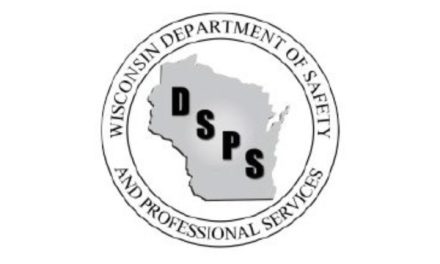
Child abuse research shows bruises in infants are not minor injuries
For more information, contact Gerry Steele at (414) 266-5420 or (866) 416-1511
MILWAUKEE – Findings of the “Sentinel Injuries in Infants Evaluated for Child Physical Abuse” study were published online today in Pediatrics and show relatively minor injuries can precede more severe physical abuse in infants. The research was led by principal investigator Lynn K. Sheets, MD, medical director, Child Protection Center, Children’s Hospital of Wisconsin, and associate professor of pediatrics at the Medical College of Wisconsin.
Physical abuse is most common in infancy. The earliest signs of physical abuse in a baby who is unable to walk on his or her own can be small bruises or mouth injuries, known as “sentinel injuries.” Sentinel injuries are common in severely physically abused infants and can help identify those who are at risk for suffering more serious abuse.
Researchers examined records of 401 infants seen by the child protection team at Children’s Hospital of Wisconsin to compare the number of sentinel injuries in abused children versus children who had not been abused. Of the 200 infants found to have been abused, 27.5 percent had a previous sentinel injury. Most of the sentinel injuries were small bruises, which are unexpected injuries in young infants.
“It takes a lot to bruise an infant, and while accidents do happen, this study proves that a bruise is not just a minor injury,” said Dr. Sheets. “Identifying sentinel injuries and effective intervention require educating caregivers of young infants, child protective service workers and medical providers about the seriousness of sentinel injuries. Parents, relatives and daycare providers should be taught that bruising of the skin or injuries inside an infant’s mouth before he or she can walk should prompt them to seek medical evaluation,” she continued.
Improved detection of minor injuries in infants younger than age 12 months has the potential of preventing up to 27.5 percent of cases of severe abuse. With an estimated $210,000 lifetime cost estimate for each case of physical child abuse, prevention of further abuse through early detection and intervention has the potential for significant savings.
The study was funded by the Child Abuse Prevention Fund of Children’s Hospital of Wisconsin, the Wisconsin Children’s Trust Fund, and the Department of Pediatrics at the Medical College of Wisconsin.
About Children’s Hospital of Wisconsin
Children’s Hospital of Wisconsin is the region’s only independent health care system dedicated solely to the health and well-being of children. The hospital, with locations in Milwaukee and Neenah, Wis., is recognized as one of the leading pediatric health care centers in the United States and is ranked No. 4 in the nation by Parents magazine. Children’s Hospital provides primary care, specialty care, urgent care, emergency care, community health services, foster and adoption services, child and family counseling, child advocacy services and family resource centers. In 2011, Children’s Hospital invested more than $100 million in the community to improve the health status of children through medical care, advocacy, education and pediatric medical research. Children’s Hospital achieves its mission in part through donations from individuals, corporations and foundations and is proud to be a member Children’s Miracle Network Hospitals. For more information, visit the website at chw.org.
About the Medical College of Wisconsin
The Medical College of Wisconsin is the state’s only private medical school and health sciences graduate school. Founded in 1893, it is dedicated to leadership and excellence in education, patient care, research and service. More than 1,200 students are enrolled in the Medical College’s medical school and graduate school programs. A major national research center, it is the largest research institution in the Milwaukee metro area and second largest in Wisconsin. In FY 2011 – 12, faculty received more than $166 million in external support for research, teaching, training and related purposes, of which more than $152 million is for research. This total includes highly competitive research and training awards from the National Institutes of Health (NIH). Annually, College faculty direct or collaborate on more than 2,000 research studies, including clinical trials. Additionally, more than 1,350 physicians provide care in virtually every specialty of medicine for more than 425,000 patients annually.





